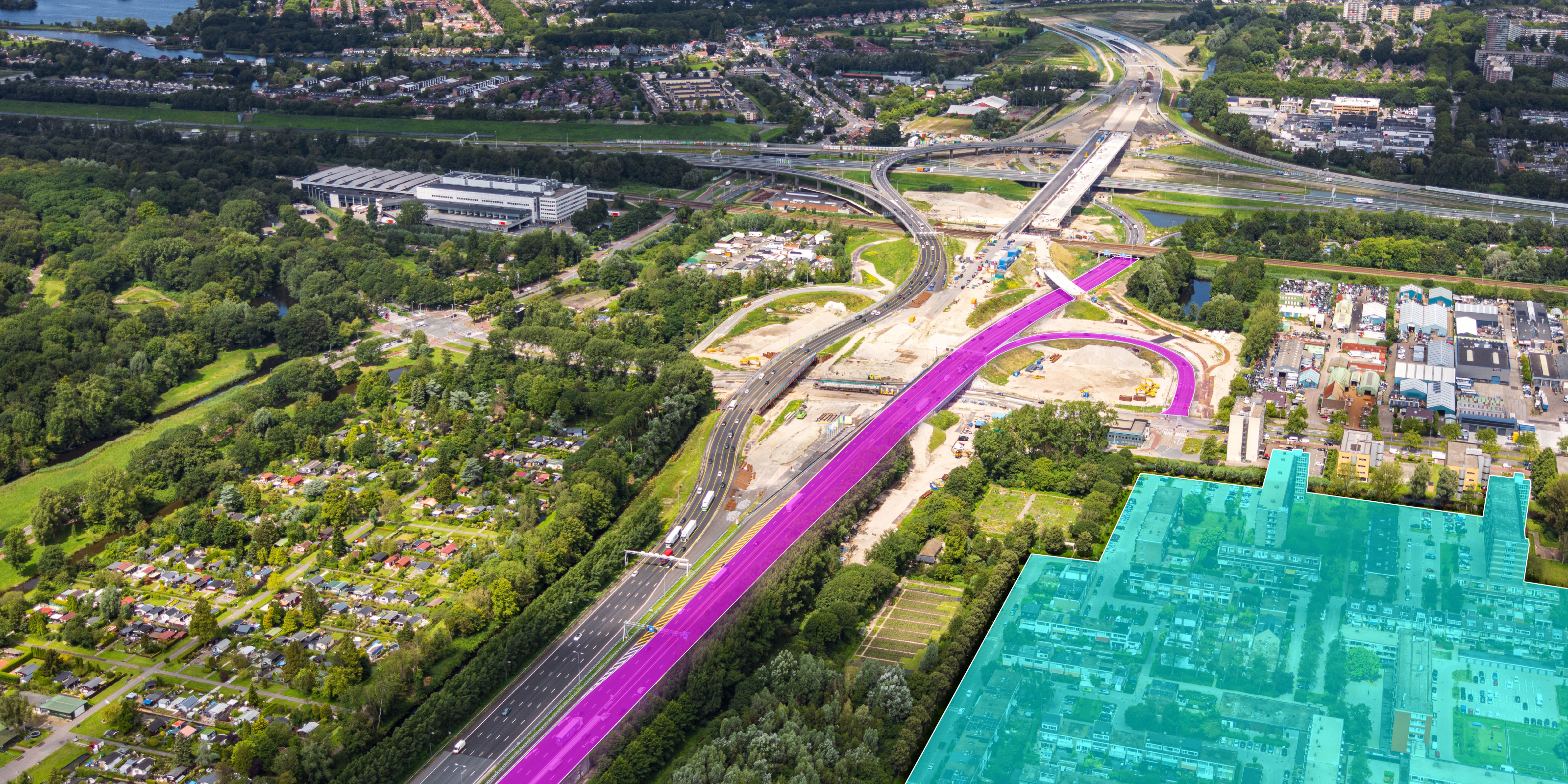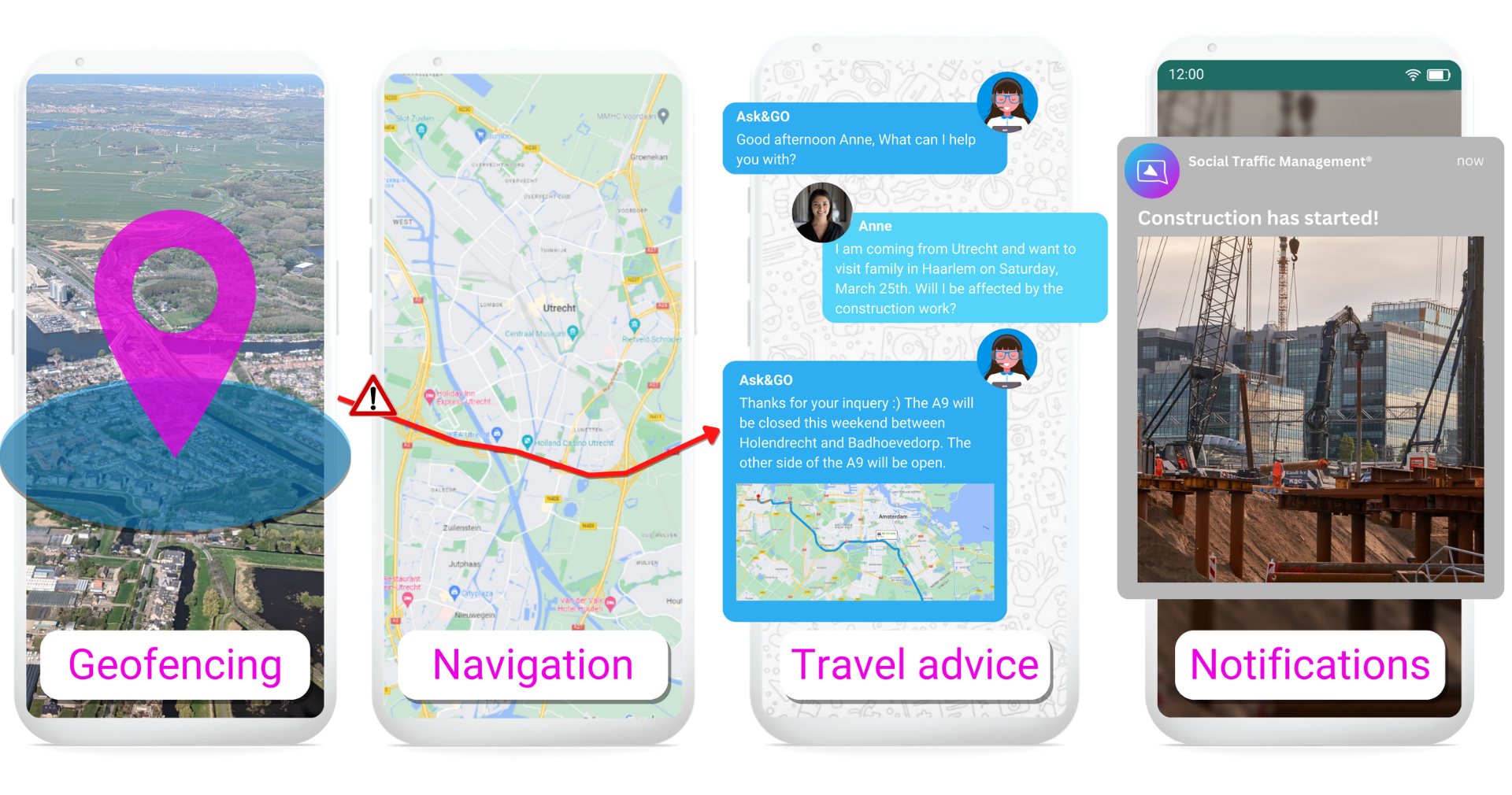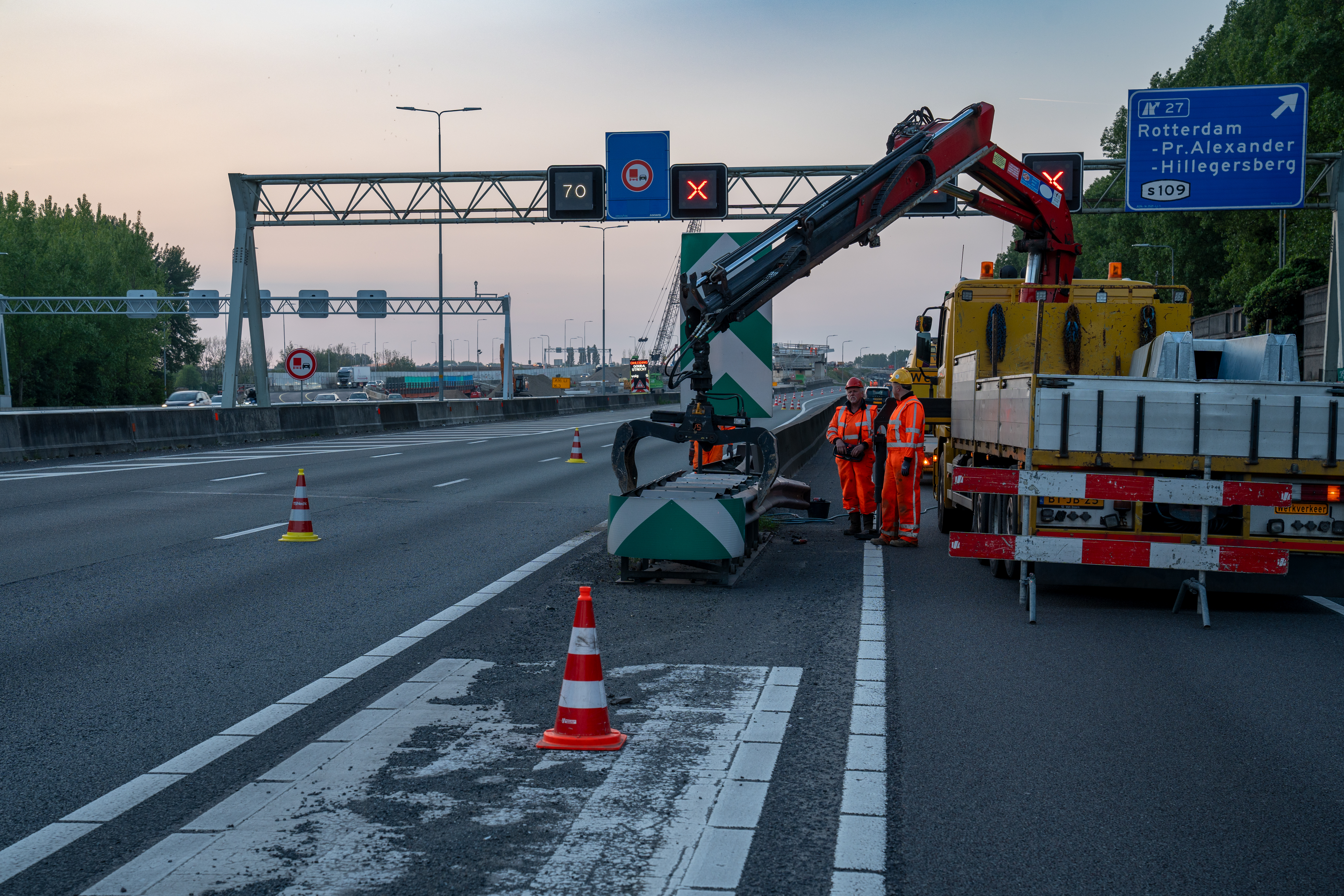Reducing traffic jams with social media
Digital social platforms have evolved into more than just ways to share photos and keep in contact with friends – traffic managers are now using them to help inform drivers of road closures and reduce congestion, with the Netherlands leading innovations.
Social media is changing our societies rapidly and profoundly, in ways only future historians may fully grasp. For national road operators like Rijkswaterstaat (RWS) in the Netherlands, it offers means to target specific groups with information about road closures in multichannel campaigns run by providers like BUKO, MAPtm, Traffic & More and TripService.
“We enjoy working with those companies, because they broaden our range of connection with road users,” says RWS senior advisor for travel and route information, Cindy Geusebroek. “Each service provider has their own way of working, which may suit the needs of a particular project.”
Dutch road projects fund campaigns to inform drivers of disruption from their own dedicated budgets. Typically, these now combine a third-party online campaign with more traditional radio or newspaper adverts. “We don’t mind paying €20,000 for a newspaper ad, but we don’t know how many road users will read it,” says Geusebroek.
Online campaigns target specific groups in geofenced locations pertinent to planned closures. “We know people using the route see our message,” Geusebroek continues. “Afterwards, a report showing the number of unique users we reached enables us to evaluate the cost per user.”

“Behind every vehicle movement, there’s a person with a telephone,” says MAPtm traffic engineer, Floris Hooft. “That’s why we do traffic management via social media.” Each MAPtm Social Traffic Management campaign begins with a road operator presenting a project whose impact it needs to communicate.
“We ask ourselves four questions,” says Hooft. “’Who should we reach? Via which platform? At what moment? And with what message?’ We then design a strategy based on the problem.” This combines four essential ‘building-blocks’: geofencing, notifications, navigation and advice.

Targeted campaigns
Geofencing targets people in specific locations with social-media adverts. If RWS intends closing the road from A to B, MAPtm can target residents in Area A and Area B. In Amsterdam’s business district, it may reach people via LinkedIn, then use Instagram to address a younger demographic in the city’s fashionable north.
“We can circle a specific radius or zip code so that people see the desired information when scrolling through their feed,” says Hooft. “Often, that prompts them to search on Google, so combining Facebook, Instagram and Google Ads can provide the strongest package.”
Secondly, MAPtm sends WhatsApp notifications to a mailing-list of subscribers. Whereas geofencing casts a wider net to target specific groups, notifications directly target individuals who have actively requested information. While more effective in those cases, it is limited to MAPtm’s signed-up users.
Smart navigation
Navigation is Social Traffic Management’s third component. MAPtm can input Rijkswaterstaat roadworks information into the systems of Apple Maps, Google Maps, HERE, TomTom and Waze so that their algorithms divert navigation app users around closures.
“Navigation is really the last resort,” says Hooft. “It reaches people who didn’t see our geofenced advertising or receive pre-trip notifications when they’re actually in their car.”
Pre-trip messaging cannot reach every driver using a specific route. “The challenge is knowing how many of those we do reach will change their travel behavior,” says Geusebroek. “If we reroute people, congestion or incidents may also impact the new route, so updated navigation is vital.”
Answering questions
Hooft’s fourth building-block is travel advice. For complex projects, MAPtm’s Ask&Go service enables users to respond to WhatsApp notifications with questions: “If our notification says, From Friday, your road will be closed, someone may ask, Can I still use it to come back on Sunday?’ says Hooft.

MAPtm employs a human to answer these WhatsApp queries and believes its users really value human confirmation of their understanding. “We only use a chatbot to answer about 5% of very basic questions,” says Hooft. Beyond that, the chatbot becomes a little…robotic.
“Al can provide well-ordered instructions for baking a cake,” Hooft continues. “But it can’t yet grasp a route from A to B on a congested network, taking closures into account. A human understands the motives and needs behind a travel question and can suggest options for using other modes, which the City of Amsterdam appreciates.”
Rijkswaterstaat’s Drive MONO campaign unambiguously discourages Dutch drivers from handling devices at the wheel and MAPtm’s Ask&Go service focuses on pre-trip notifications and advice. But insofar as such services could also provide on-trip information, Geusebroek believes their design must preclude this becoming a new source of driver distraction.
A combined approach
MAPtm combines the four elements of Social Traffic Management according to project demands. Closing a simple junction on a rural road may only require geofenced advertising, while the most complex programs may merit the cost of a dedicated operator with access to traffic cameras fielding WhatsApp queries.
Rijkswaterstaat publicizes closures on its own social channels and vananaarbeter.nl (‘From A to Better’) website, besides strategically outsourcing online campaigns to providers like MAPtm, BUKO, Traffic & More and TripService.
“Market parties are often more experienced in reaching target groups,” says Geusebroek. “They can make advice specific and personal, which is something we can’t do.” Rapidly evolving online habits provide another challenge. Following a presentation to undergraduates, Hooft reports that everyone present used TikTok and around half were drivers.
Indeed, MAPtm already uses TikTok to target younger cyclists in urban areas. “How people communicate is constantly changing,” says Geusebroek. “Service providers can really keep up with that, constantly scanning the environment for new possibilities like TikTok.”
Measuring the effect
MAPtm’s campaign for the Heinenoordtunnel renovation outside Rotterdam [For more on this project don’t miss Intertraffic World 2025] reached 1.2m unique users. Considering Rotterdam’s population is only 664,000, this impressive figure reflects cross-border geofenced targeting of groups including truck drivers and German holidaymakers. The number of unique users reached provides the principal metric of success for such campaigns.
“We can say we reached a million people,” says Geusebroek. “But we can’t say a million people saw our messages and changed their behavior.” Fundamentally, congestion which may have occurred without an online campaign cannot be objectively measured. “Perhaps only a small percentage change their route,” she adds. “But we do know we’ve done everything in our power to inform them.”
MAPtm has conducted A/B testing in Utrecht by measuring traffic output with and without Social Traffic Management across consecutive weekends and saw differences of a few percent. “It’s proven that a 5-10% reduction in traffic can reduce congestion by over 20%,” says Hooft. “For complex projects, we can’t say, Look: because of us there’s no traffic jam! We can only present the numbers.”
Building trust
Increasingly, a runaway digital revolution presents social and political consequences which are not straightforwardly good. Despite his vocation, Hooft’s own use of social media is limited. “What started as a public space where everyone had freedom of speech has evolved into something we didn’t expect.”
“In the end, we provide relevant, factual information approved by road authorities, which most people in the Netherlands still trust,” Hooft continues. Whilst expletive-laden responses to WhatsApp messages about unwelcome road closures are not unusual, conspiracy-driven attacks on Rijkswaterstaat remain thankfully rare.
“Sometimes it happens,” says Hooft. “We always check with RWS or the municipality how we should respond. Mostly, they say to just leave it. Otherwise, you’re just feeding a discussion in which there is more than one truth.”
Over the next decade, maintaining Dutch roads demands a continual program of roadworks. Geusebroek considers it Rijkswaterstaat’s responsibility to keep them informed with targeted communication exploiting every possible avenue in an online world.
“Our data has to be good,” she says. “Of course, market parties and navigation providers must also provide good information. We need to work together and in recent years, that cooperation has really taken flight.”
The full version of this article will appear in Intertraffic World 2025
Share your story
Do you have an innovation, research results or an other interesting topic you would like to share with the professionals in the infrastructure, traffic management, safety, smart mobility and parking industry? The Intertraffic website and social media channels are a great platform to showcase your stories!
Please contact our Sr Brand Marketing Manager Carola Jansen-Young.
Are you an Intertraffic exhibitor?
Make sure you add your latest press releases to your Company Profile in the Exhibitor Portal for free exposure.
Get up to speed on the mobility industry - our newsletter straight to your inbox!



